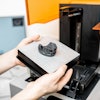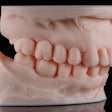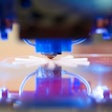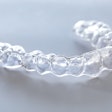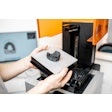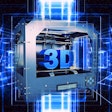Conventional cephalometric measurements compare favorably with digital cephalograms, according to a study in Dentomaxillofacial Radiology (January 2012, Vol. 41:1, pp. 11-17).
To assess the reliability and reproducibility of angular and linear measurements in these two cephalometric methods, researchers from the King Saud University College of Dentistry and the Indiana University School of Dentistry defined and measured 13 landmarks and 16 skeletal and dental parameters on pretreatment cephalometric radiographs of 30 patients.
One examiner performed conventional and digital tracings and measurements twice, with a six-week interval between measurements. All measurements for each method were above 0.90 r2 (strong correlation) except maxillary length, which had a correlation of 0.82 for conventional tracing. Significant differences between the two methods were observed in most angular and linear measurements except for ANB angle (p = 0.5), angle of convexity (p = 0.09), anterior cranial base (p = 0.3), and the lower anterior facial height (p = 0.6).
In general, both conventional and digital cephalometric analyses are highly reliable methods, the researchers noted. While the reproducibility of the two methods showed some statistically significant differences, most differences were not clinically significant, they concluded.



